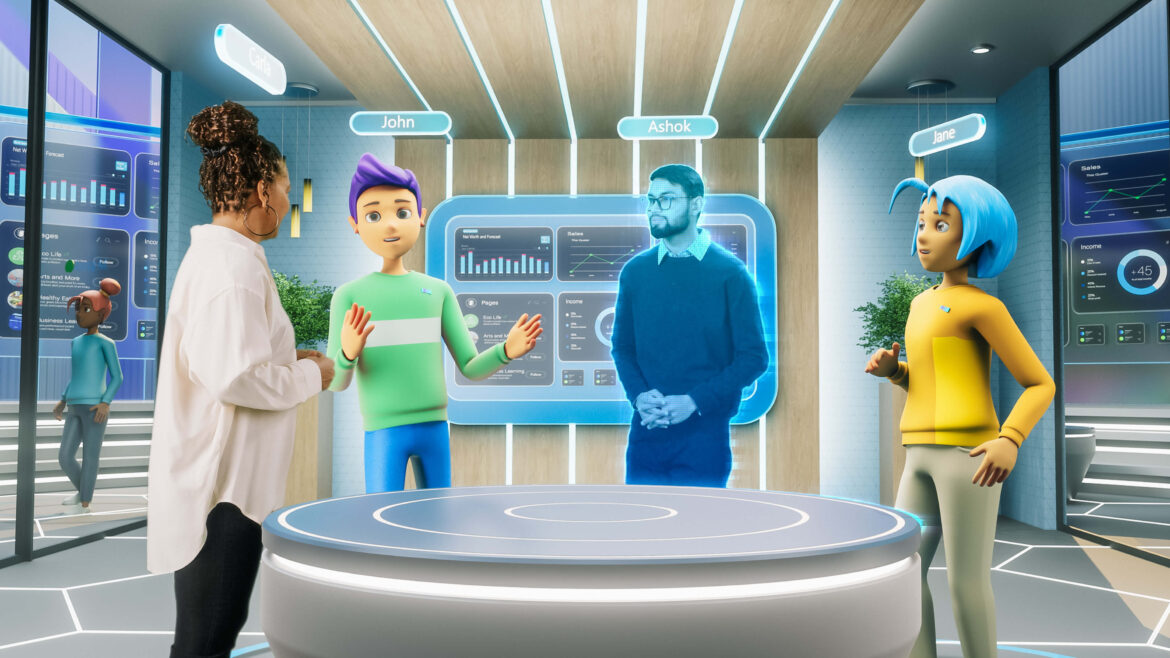The Technology Acceptance Model (TAM) and the Metaverse: An In-Depth Analysis
The Metaverse, a burgeoning digital universe merging virtual reality (VR), augmented reality (AR), and artificial intelligence (AI), is poised to revolutionize how we interact with the world and each other. As this concept gains traction, understanding the factors influencing its adoption becomes paramount. The Technology Acceptance Model (TAM), a widely used framework for assessing technology adoption, provides valuable insights into this complex landscape.
TAM: A Framework for Understanding Technology Adoption
At its core, TAM examines how users perceive and adopt new technologies. Key components include perceived ease of use, perceived usefulness, attitude towards using, behavioral intention to use, and actual usage. However, external factors such as self-efficacy, subjective norms, enjoyment, computer anxiety, and prior experience significantly impact adoption speed. Variations of TAM, like GETAMEL, highlight the need to tailor these factors to specific technologies, especially within the multifaceted Metaverse.
The Metaverse and TAM: A Complex Interplay
Within the Metaverse, subjective norms—the perceived social pressure to use a technology—can significantly influence both perceived usefulness and enjoyment. Research has shown that source credibility and perceived risk impact consumer purchasing decisions in virtual spaces. Notably, the influence of subjective norms may intensify as the Metaverse reaches greater adoption levels, shaping the attitudes and behaviors of users.
External events, like the COVID-19 pandemic, can also catalyze adoption. The pandemic-induced surge in Metaverse interest demonstrates how external regulations or circumstances can trigger short-term spikes in usage. However, as these external pressures subside, adoption trends may normalize, underscoring the dynamic interplay between factors within TAM.
Barriers to Adoption and the Path to Acceptance
Despite its potential to reshape how we interact with the internet, data, and each other, mass adoption of the Metaverse faces challenges. Hesitations stemming from perceived risk, concerns about source credibility, and the quality of virtual experiences can hinder widespread acceptance. The integration of blockchain technology, with its own set of complexities and potential for skepticism, adds another layer to the equation.
Adoption patterns may mirror those of e-commerce, where consumers initially combined online and offline channels before fully embracing digital transactions. Similarly, Metaverse experiences may initially supplement traditional methods of interaction, gradually becoming more integrated into daily life as users become familiar with the technology.
The Future of the Metaverse
The Metaverse represents a new frontier for businesses, offering opportunities for innovative products, services, and virtual spaces. Companies like Meta (formerly Facebook) are investing heavily in developing Metaverse platforms and applications, aiming to create immersive environments for work, play, and social interaction. The rise of decentralized platforms, fueled by cryptocurrencies and NFTs, further expands the possibilities for ownership and value creation within the Metaverse.
As the Metaverse evolves, understanding and addressing the factors influencing its adoption will be crucial. Research in this field is ongoing, with studies exploring user attitudes, perceptions, and behaviors towards virtual environments. By tailoring TAM to the unique characteristics of the Metaverse, researchers can gain valuable insights into how individuals and businesses will interact with this emerging digital universe.
In Conclusion
The Metaverse is a complex and rapidly evolving concept with the potential to reshape how we interact with technology and each other. Understanding the factors that influence its adoption, as highlighted by the Technology Acceptance Model, is essential for navigating this new frontier. By addressing challenges related to trust, security, and user experience, the Metaverse can evolve into a thriving digital ecosystem, offering unprecedented opportunities for innovation, connection, and growth.




